Rising Demand for Protein Products
The increasing consumer inclination towards protein-rich diets is a primary driver for the Protein Packaging Market. As health consciousness rises, individuals are gravitating towards protein supplements, meat products, and plant-based proteins. This trend is reflected in market data, indicating that the protein supplement sector alone is projected to reach a valuation of approximately 30 billion dollars by 2026. Consequently, the demand for effective and innovative packaging solutions that preserve the quality and freshness of these protein products is surging. The Protein Packaging Market must adapt to these evolving consumer preferences, ensuring that packaging not only meets safety standards but also enhances product appeal. This shift towards protein-centric diets is likely to continue influencing packaging design and materials, as manufacturers seek to align with consumer expectations.
Innovations in Packaging Technology
Technological advancements play a crucial role in shaping the Protein Packaging Market. Innovations such as smart packaging, which incorporates sensors to monitor freshness, and biodegradable materials are gaining traction. These technologies not only enhance the shelf life of protein products but also address environmental concerns. For instance, the introduction of vacuum packaging and modified atmosphere packaging has shown to extend the freshness of meat products significantly. Market data suggests that the smart packaging segment is expected to grow at a compound annual growth rate of over 10% in the coming years. As manufacturers invest in these technologies, the Protein Packaging Market is likely to witness a transformation that prioritizes both functionality and sustainability.
Regulatory Compliance and Food Safety
The Protein Packaging Market is significantly influenced by stringent regulations surrounding food safety and packaging standards. Governments worldwide are implementing rigorous guidelines to ensure that packaging materials do not compromise food safety. Compliance with these regulations is essential for manufacturers, as non-compliance can lead to severe penalties and loss of consumer trust. The market is witnessing a shift towards materials that are not only safe but also recyclable and sustainable. For example, the use of food-grade plastics and materials that meet FDA standards is becoming increasingly common. This focus on regulatory compliance is likely to drive innovation within the Protein Packaging Market, as companies strive to develop packaging solutions that adhere to safety standards while also appealing to environmentally conscious consumers.
Consumer Preference for Sustainable Packaging
Sustainability has emerged as a pivotal driver in the Protein Packaging Market. Consumers are increasingly favoring products that utilize eco-friendly packaging materials, prompting manufacturers to rethink their packaging strategies. The demand for biodegradable and recyclable materials is on the rise, with market data indicating that the sustainable packaging segment is projected to grow at a rate of 8% annually. This shift is not merely a trend; it reflects a broader societal movement towards environmental responsibility. As a result, companies within the Protein Packaging Market are investing in research and development to create packaging solutions that minimize environmental impact while maintaining product integrity. This focus on sustainability is likely to shape the future of packaging in the protein sector.
Growth of E-commerce and Online Food Delivery
The rapid expansion of e-commerce and online food delivery services is reshaping the Protein Packaging Market. As consumers increasingly turn to online platforms for their grocery needs, the demand for packaging that ensures product safety during transit is paramount. This trend has led to innovations in packaging design, focusing on durability and protection against damage. Market data indicates that the online food delivery market is expected to grow by over 15% annually, further driving the need for effective protein packaging solutions. Companies are now challenged to develop packaging that not only preserves the quality of protein products but also enhances the unboxing experience for consumers. This evolving landscape presents both challenges and opportunities for the Protein Packaging Market as it adapts to the changing dynamics of consumer purchasing behavior.


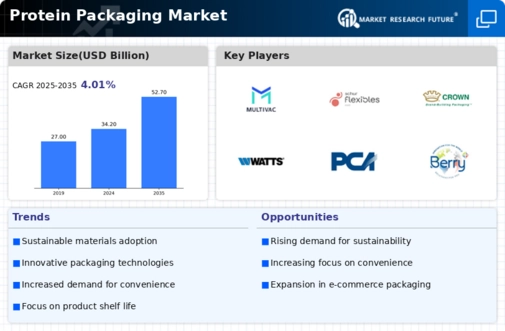
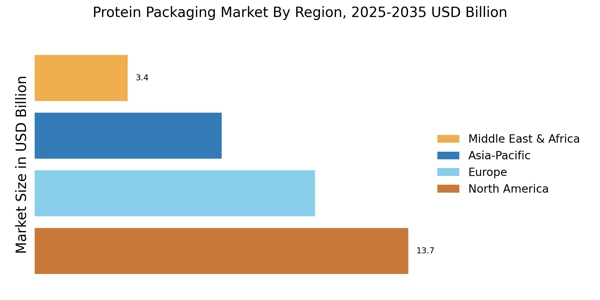

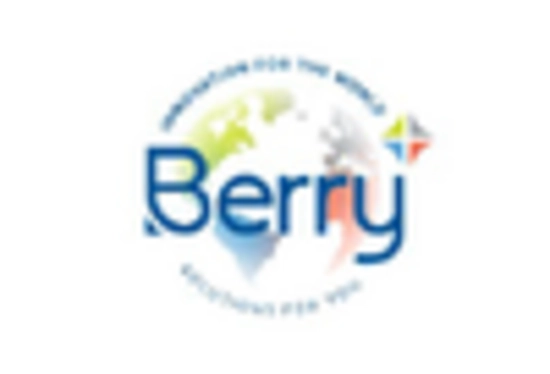
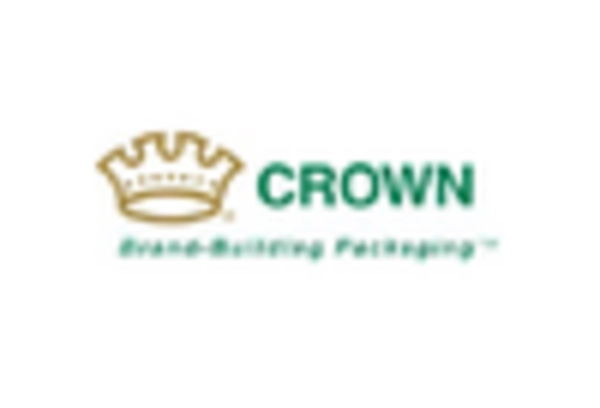

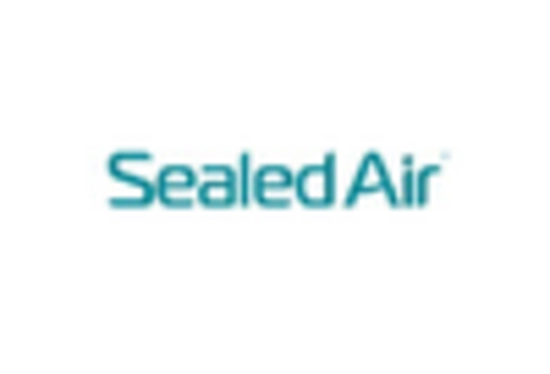









Leave a Comment